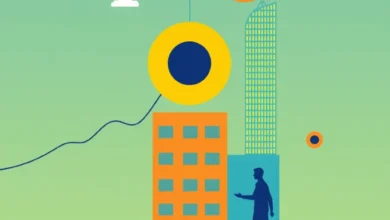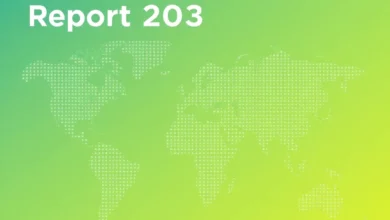Insurance Trends 2025: Aging Population, Skills Gap, and Climate Change Drive Industry Innovation
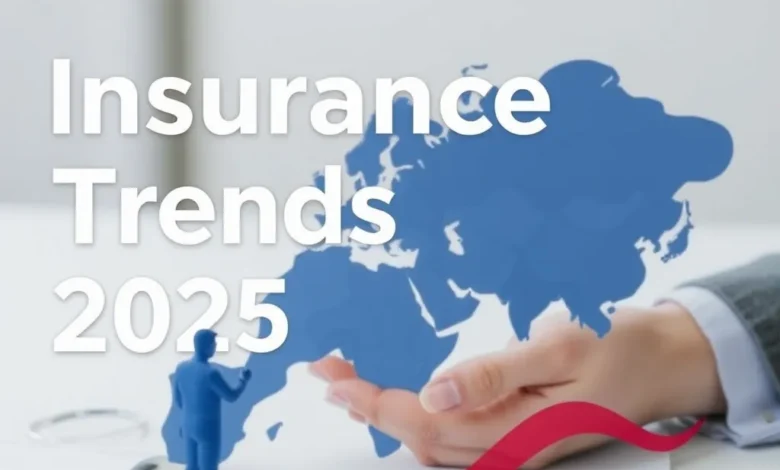
The insurance industry in 2025 is at a pivotal crossroads. Demographic shifts, technological disruption, and environmental volatility are converging to reshape the landscape, forcing insurers to rethink traditional business models and innovate at an unprecedented pace. Three critical forces—an aging global population, a widening skills gap, and escalating climate risks—stand out as both challenges and catalysts for transformation.
Aging Population: Redefining Risk and Opportunity
By 2050, the world’s population over age 65 will double, creating a profound impact on the insurance sector. As people live longer and traditional retirement milestones shift, insurers must adapt products and services to meet the evolving needs of the “silver segment.”
Older customers face unique financial planning challenges, often relying on a patchwork of government programs, pensions, and personal savings. Insurance companies are stepping in to fill the gaps with tailored life and health insurance offerings, as well as specialized advisory services. The industry is also seeing a growing demand for hybrid retirement products that blend insurance with investment management, helping retirees maintain their standard of living and navigate longevity risk.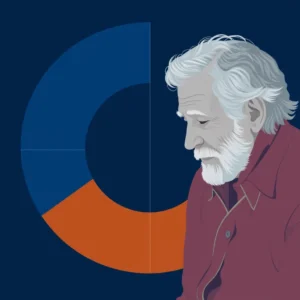
This demographic shift is particularly urgent for Generation X, whose oldest members are now entering their 60s. Many in this cohort are underprepared for retirement, creating a strategic imperative for insurers to innovate and provide solutions that address their complex needs. The challenge extends beyond insurance, as healthcare providers, governments, and communities also grapple with scaling services for a rapidly aging population.
Bridging the Skills Gap: Building the Workforce of the Future
While demographic change shapes demand, the insurance industry is also contending with a significant skills gap. Technology is advancing faster than many teams can adapt, and regulatory demands are intensifying. Many insurance leaders say business performance is suffering because employees lack necessary competencies. Only a minority of insurers have formal AI training programs, and even fewer cyber insurance underwriters have formal cybersecurity training.
The retirement of experienced professionals is accelerating, with a large portion of the workforce set to reach or exceed retirement age in the coming years. Meanwhile, demand for digital, analytical, and customer-focused skills continues to rise. Companies face unique recruitment and retention challenges, especially smaller firms that may lack resources for extensive training and development.
To close the talent gap, insurers are investing in structured, cross-generational mentorship programs, early-career development, and robust succession planning. Upskilling and reskilling initiatives are becoming central to talent strategies, with a focus on building both technical and soft skills. AI and digital transformation are at the heart of this workforce evolution, enabling insurers to become more agile, improve HR efficiency, and provide the customer experiences modern policyholders expect.
Climate Change: Navigating a Financial Storm
Perhaps no trend is more disruptive—or urgent—than climate change. The past few years have seen a dramatic rise in the frequency and severity of natural disasters, from wildfires and hurricanes to floods and convective storms. Recent years have been among the most expensive on record for global insured losses from natural disasters, underscoring the escalating financial burden on insurers.
This “financial storm” is forcing the industry to rethink risk models, pricing strategies, and coverage availability. Some regions are becoming “insurance deserts,” where coverage is unaffordable or unavailable. Insurers are under pressure to balance profitability with the imperative to provide coverage in increasingly vulnerable areas.
Innovation is crucial. Insurers are leveraging advanced data analytics, AI, and ecosystem partnerships to better assess and manage climate risks. Integrated solutions—such as embedding insurance into other industries’ offerings—are becoming more common, providing seamless protection for customers while expanding revenue streams.
Ecosystem Partnerships: A Path Forward
As barriers between industries fall, ecosystem partnerships are emerging as a powerful growth driver. The revenue pool from these ecosystems is expected to reach unprecedented levels in the coming years. By collaborating with partners in mobility, housing, health, and beyond, insurers can deliver integrated solutions that address complex, interconnected risks.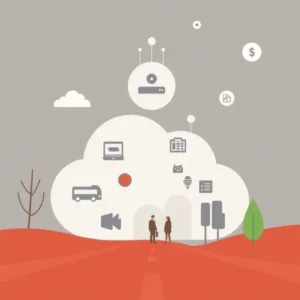
These partnerships enable insurers to combine IT resources, cloud technologies, data, and AI tools to create value across the ecosystem. For example, embedding insurance coverage into a car rental process can provide personalized pricing and seamless protection for customers.
Conclusion: Reinvention Through Innovation
The insurance industry in 2025 faces a future defined by demographic shifts, talent shortages, and climate volatility. Yet, these challenges also present unprecedented opportunities for innovation. By tailoring products for an aging population, investing in workforce development, leveraging technology, and embracing ecosystem partnerships, insurers can not only navigate disruption but thrive in a rapidly changing world. The winners will be those who move beyond incremental change and boldly reinvent themselves for the next era of insurance.



